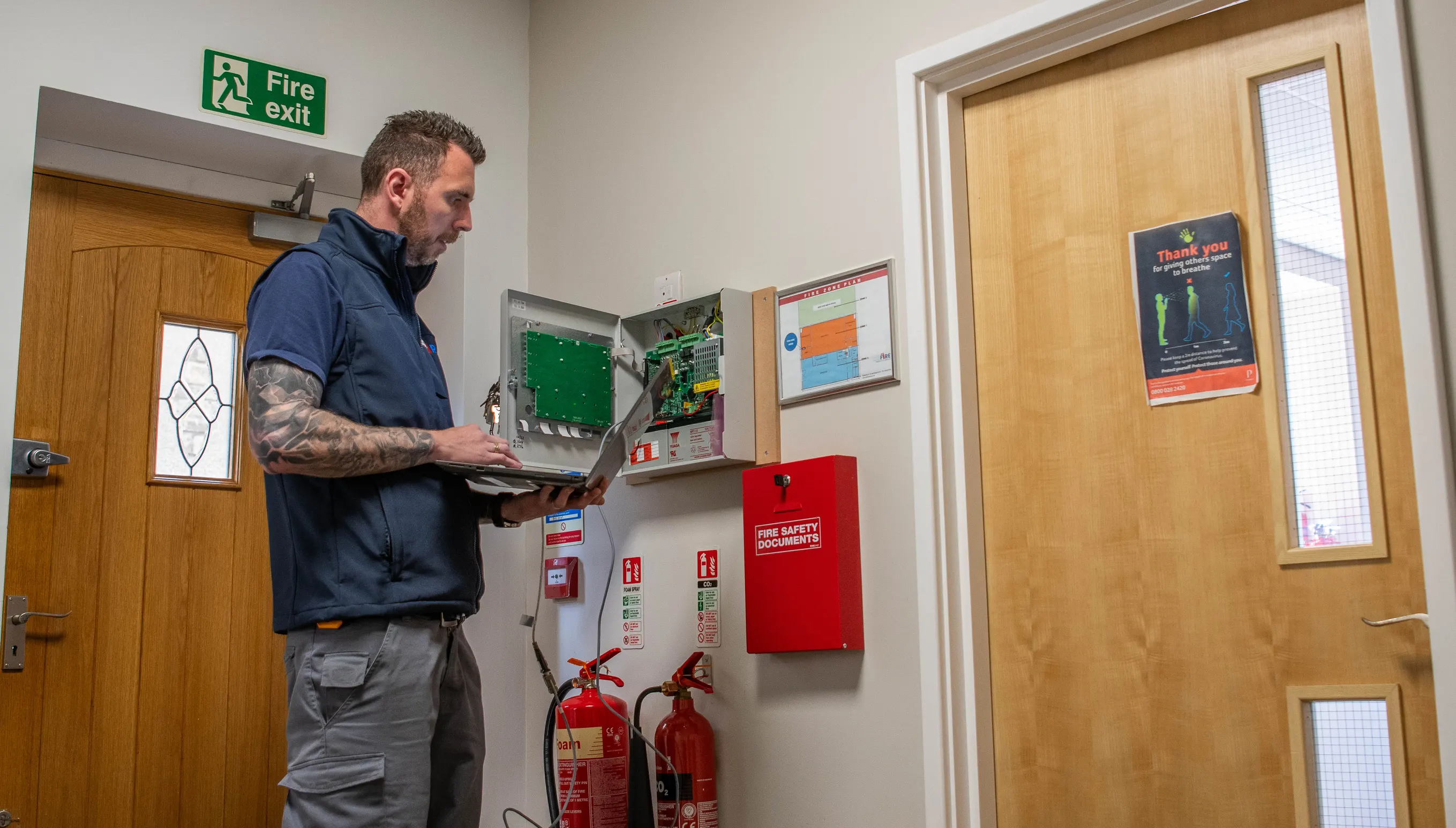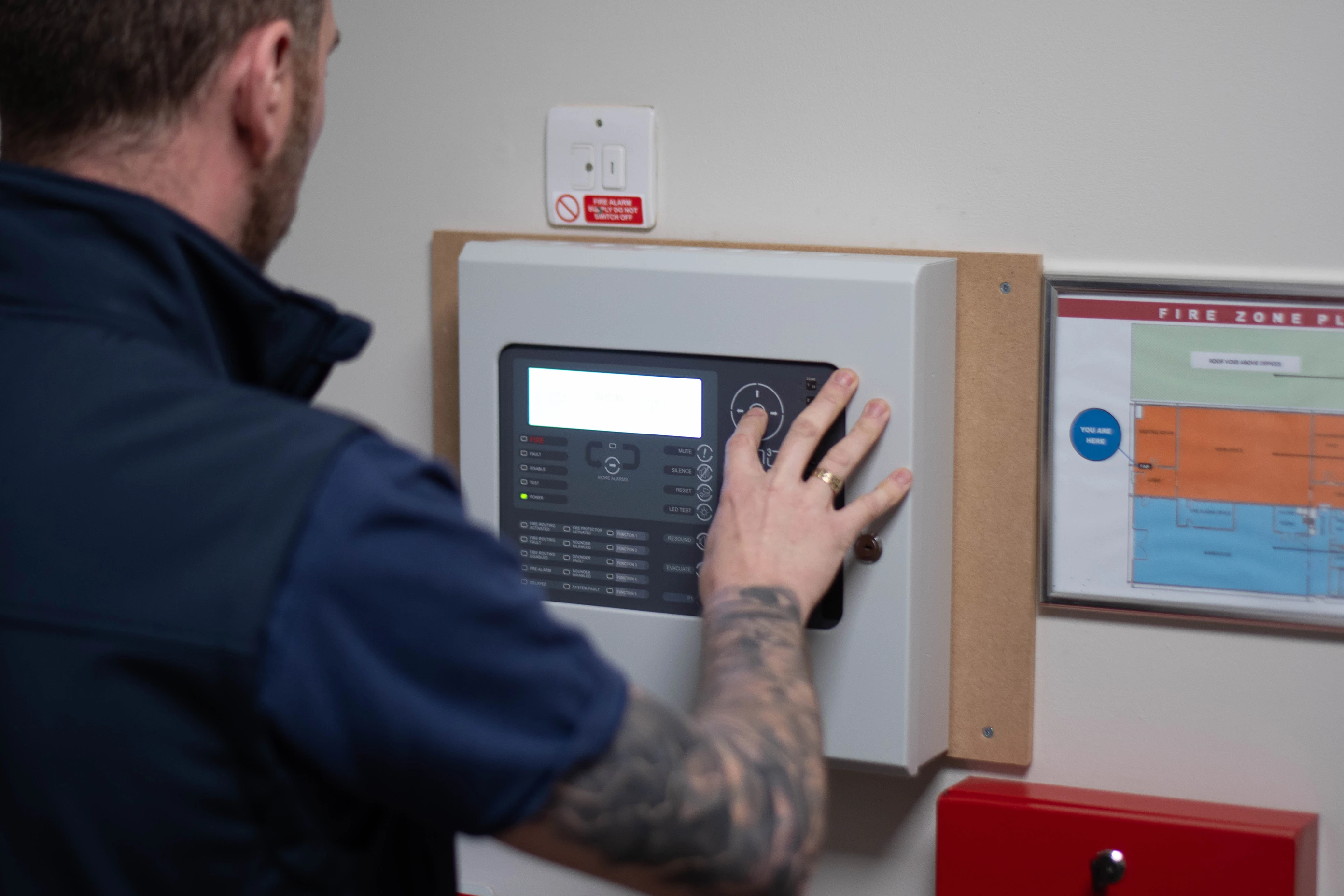Fire Alarm Panels - Explained

Fire alarm systems are a far more comprehensive and complex approach to fire protection than any individual device, and as such, it is important to be able to understand the business fire alarm panel.
The need for a fire detection and fire alarm system in any specific building is normally determined by the authority responsible for enforcing fire safety legislation in that building.
In this article, we will cover the role and primary components of a fire alarm system are, and the basics of how these components work together to protect your building and its occupants in the event of a fire.
What is the role of the fire alarm system?
The role of a fire alarm system is to detect fires and alerts visitors, contractors, building occupants and emergency personnel from a centrally monitored and controlled location.
These systems can also self-monitor, identifying where within the building(s) alarms originate from and detecting when errors occur in wiring and connections that may hinder the system from working correctly.
A fire alarm system has four key functions:
-
Detect
-
Alert
-
Monitor
-
Control
These sophisticated systems use a network of devices, appliances, and control panels to carry out these four functions.
The Fire Alarm panel
The components of the fire alarm panel are used to:
-
receive signals from the connected detectors, manual call points or any other devices
-
determine whether these signals correspond to a fire alarm condition
-
indicate any such fire alarm audibly and visually
-
indicate the location of the danger; and
-
possibly to record any of this information

What are the main components of a fire alarm system?
-
CIE, Fire Panel
-
Primary and Backup Power Supply
-
Manual Call Points
-
Smoke Detectors
-
Heat Detectors
-
Sounders/Beacons/Beams
Where should a fire alarm panel be located?
Indicating equipment, in conjunction with suitable manual control facilities, should be sited at an appropriate location for both staff and firefighters responding to a fire signal, such that controls can be readily operated and indications are readily visible. This should normally comprise an area on the ground floor close to the entrance to the building likely to be used by the fire and rescue service.
Find out more about business fire safety and fire alarms by following the links below:
Want more information on commercial fire alarms?
If your business needs advice on fire alarm testing or servicing, or installing - we can arrange for one of our BAFE accredited engineers to visit your premises and carry out a free, no-obligation survey.
Index